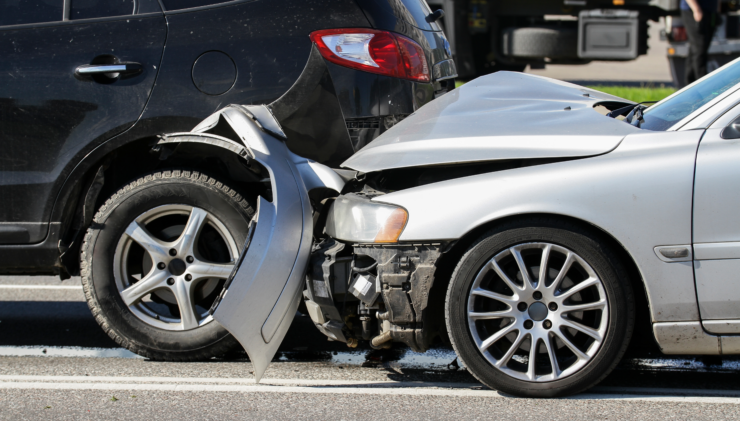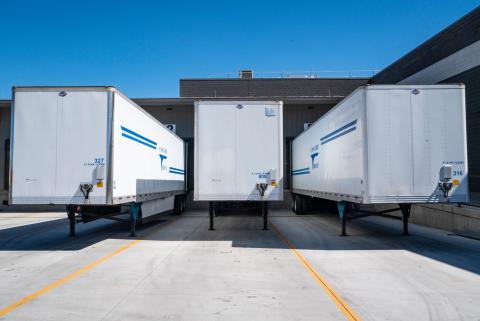 Auto Claims Trends: Frequency, Severity, Repair Costs, and Turnaround Times
Auto Claims Trends: Frequency, Severity, Repair Costs, and Turnaround TimesAs NBC News recently reported, seven people in the U.S. have died from vaping-related lung illnesses, with 530 cases of illnesses now reported in 38 states. The federal government is investigating, and many local and state authorities are working to ban e-cigarettes and vaping.
The vaping crisis is the latest high-profile product liability case, and it highlights some of the challenges faced by manufacturers in bringing new products to market.
When you manufacture a product, the last thing you want to hear is that your product has harmed someone – or worse, caused a death. But tragically, defective products cause thousands of injuries and dozens of deaths in the U.S. every year according to the U.S. Consumer Product Safety Commission. And that leads to thousands of product liability and personal injury lawsuits.
On average, 5 to 10 percent of personal injury liability lawsuits are due to defective products.
Whether it’s for a design defect, a manufacturing defect, or a warning or instruction defect, any products liability claim is going to be a major disruption and expense for your manufacturing business. Even if you’re not ultimately found at fault, you could face legal costs, damage to your reputation, loss of market share, and loss of future business opportunities.
Here are a few recent high-profile cases:
- Johnson & Johnson. A Missouri jury awarded 22 women a total of $4.69 billion for their claims that the company’s talcum powder caused their ovarian cancer.
- Opioids. There are currently more than 1,250 lawsuits filed in federal courts against major pharmaceutical companies, hospitals, and drug makers, seeking damages for the costs of battling the opioid crisis. Mallinckrodt, one of the largest manufacturers of Oxycodone, settled for $35 million. McKesson Corp, one of the largest U.S. drug distributors, settled for $150 million.
- Monsanto. Monsanto has been hit with more than $2 billion in damages over claims that it failed to warn of the cancer risks of its popular Roundup weed killer.
How do you protect yourself from this kind of devastating loss? Start with these seven key steps to product liability protection:
- Properly transfer your risk through hold harmless agreements and certificates of insurance to ensure third parties can be held financially responsible if their products, services, negligence, or errors cause or contribute to an injury or loss. Otherwise, a court may decide your measure of liability in a lawsuit.
- Manage your imported materials and suppliers. If you import components or raw materials for your products, make sure you know if your suppliers’ products comply with industry standards, government regulations, and proper safety warnings and labels. This information will come in handy in the event of a claim.
- Integrate safety with design. Product hazards can often be controlled or eliminated during the design phase. Regular safety reviews can ensure your products comply with industry and government safety standards.
- Keep thorough records. You not only need documentation for regulatory requirements and your business objectives, but also for the flow of your product through manufacturing and quality control. This documentation will be vital in a claim investigation.
- Foster customer feedback. Many incidents of defective products can be avoided if manufacturers encourage and regularly review customer complaints and feedback.
- Have a plan to defend against a products liability claim and protect your reputation. That includes crisis communication policies for both traditional and social media. Be prepared to tell your side of the story before someone else does.
- Carry robust financial protection. If your product causes injury or damage to third parties, products liability insurance will cover legal fees, medical costs, compensatory and business damages. It could mean the difference between bankruptcy and staying in business.
From product conception to completion, manufacturers need to focus on the potential risks across their products’ life cycle to help prevent and defend against products liability claims. To learn more, contact your Heffernan Insurance Brokers agent and ask if you need a product liability insurance policy.



